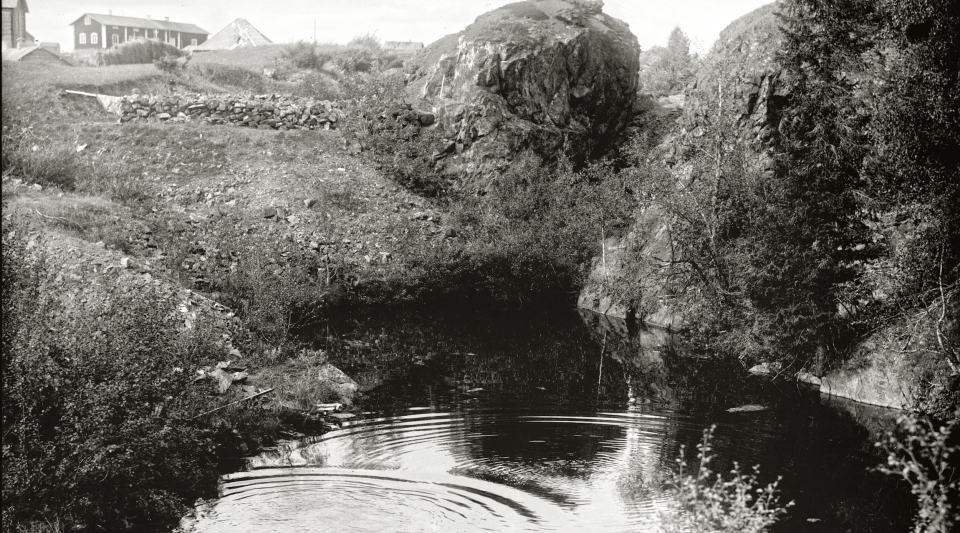Ancient remains show that the first people arrived more than 6,000 years ago, after the inland ice cap retreated. This means there were functioning communities in the Kiruna area when our nation's capital, Stockholm, was still on the sea bed.
The Sámi culture and the Finnish-speaking culture have lived side by side here for all recorded history. Settlers, and the very first miners, came at the beginning of the 17th century, during the first mining era. There was already a church in Jukkasjärvi, on the River Torne 17 kilometres outside of Kiruna. It was completed in April 1607 and in 2007 Jukkasjärvi Parish also celebrated its 400th anniversary.
Kiruna – essential for Swedish prosperity
The first "Swedish" arrivals came to the Kiruna area from the southeast, near Masugnsbyn, where the first iron ore mining was opened in 1647. At that time, nobody knew anything about the dormant riches of Kiirunavaara, where the town of Kiruna was to be founded.
It was not until the mid-1880s that the first test drilling took place on Kiirunavaara Mountain. A watershed moment for the whole of Sweden was when in the late 19th century discussions took place in Parliament on whether to build the Ofoten Line, also called the Ore Line, from Luleå via Gällivare and Kiruna to Narvik in Norway. The decision to build the Ore Line was one of the most profitable decisions ever made in that assembly – revenue from the mines in the orefields formed the basis for the Swedish success story.
A young town
After years of discussion, and with English entrepreneurship, construction of the Ore Line began. At most, 4,000 navvies worked on the railway construction. The first ore train left Malmberget heading for Luleå on 12 March 1888 and appropriately the driver was an Englishman, whose name was Robertson. The railway reached Kiruna at the turn of the century, and just two years later had reached Narvik.
The Ore Line was opened by King Oscar II in 1903. Kiruna counts 1900 as its birth year, when the Crown approved the town plan. In that year, most of the newly arrived settlers spent the winter in the new community. After that, the population increased dramatically, and by 1910 Kiruna already had 7,500 inhabitants. Kiruna's population was at its greatest in the mid-1970s, with just over 31,000 inhabitants. After a couple of decades of substantial outward migration, a stable level of around 23,000 has been reached.

